The bedraggled hounds with hair dripping in the autumn rain (just like me in fact) looked so unlike what I’d imagined huskies to look like that I was almost prepared to believe I’d come to the wrong place. But no, they had merely shed their thick winter coats and presented a sleeker version of themselves.

Huskies and life near the Arctic Circle
by Maritravel
A Wilderness Camp at Tromsø near the Arctic Circle in Norway has over 300 Huskies and welcomes visitors who can interact with the dogs, visit reindeer and go sledding.
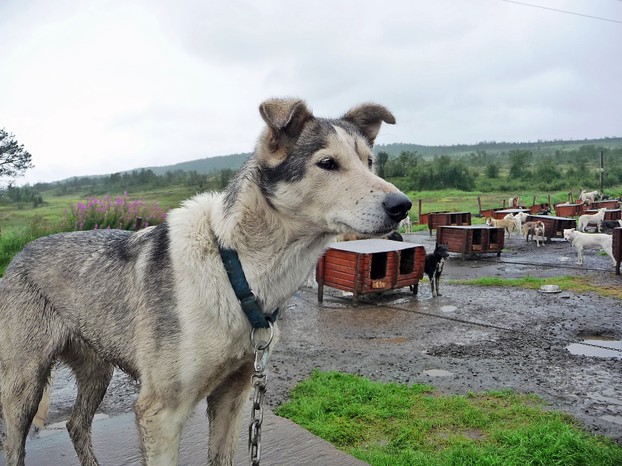 Alert as Visitors Arrive at the Wilderness Camp Mari Nicholson |
The Arctic Circle in Norway
The Wilderness Centre at Tromsø
We were at the The Tromsø Wilderness Centre on Kvaløya Island (also known as Whale island) near the Arctic circle in Norway, a mountainous isle with views of peaks that reach over 1,000 metres into the sky and an ocean never far away. Kvaloya Island is just 25 minutes from Tromsø city and 15 minutes from Tromsø airport.
A home to more than 300 huskies and puppies, where visitors can spend a few hours, a day, or two or three or even longer, learning about dog sledding, about Alaskan huskies and life as lived in this harsh environment. Many of the cruise ships that stop at Tromsø offer day trips to the Wilderness Centre and if you like dogs, huskies in particular, you should make the trip.
During the winter, dog sledding during the day and chasing the Northern Lights at night, are the main activities and in the summer the focus is on the magnificent midnight sun when kayaking, mountain hikes, glacier hikes and excursions with the huskies ensures that the visitor experiences Norwegian nature at its best.
Meeting the Huskies
The pale-blue eyes of the dogs make them appear blind and it is a relief when they arch their necks towards you and you realize that they can see (Huskies are known for their pale blue eyes, although they may also have brown, green, or even yellow eyes, a trait called heterochromia of the eye). One or two had odd markings, a brown triangle falling from one eye that looked like a scar and another with two panda-like black eyes that endeared him to everyone. A few watched from their kennels with expressions that may have meant “I’ve seen tourists before” or “I’ll get out when I think they are ready to make a fuss of me”. There is no doubt that huskies love interacting with humans. Never before had I met so many dogs who wanted to be hugged and stroked, who wanted to lick my face, my hands and any other part of my body they could reach.
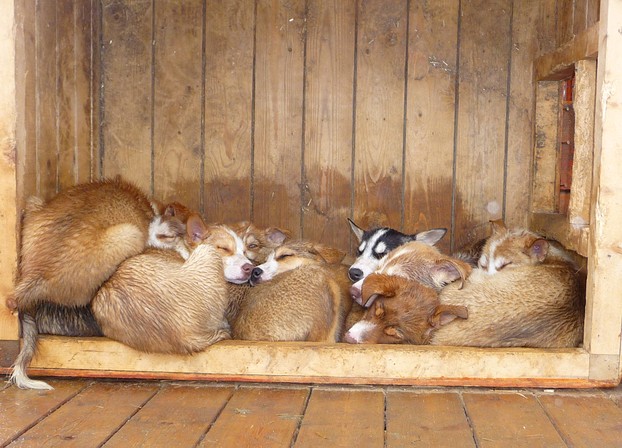 Huskie Puppies at the Wilderness Centre Mari Nicholson |
Huskie Puppies
A short distance away were the husky puppies who looked delightful and it would have been the icing on the cake if I could have held one for just a minute but their keeper said they were too young to be handled by strangers. Snugly they lay curled up close together and asleep, oblivious of the humans who oohed and aahed at the sight.
The dogs at the Wilderness Camp are all Alaskan huskies which are dogs that have been bred for mushing. The other type of husky is the Siberian, a purebred dog with specific markings, making it eligible for registration. What they both share is an affectionate nature and an almost catlike habit of cleaning themselves which means that they do not have that 'doggy' smell. They seldom need a bath - in fact, one of the handlers told me that they are usually bathed only once a year and that is just a means of checking that all is well with them.
Who runs the Wilderness Centre
The owners, Tove Sørensen and Tore Albrigtsen, who live here with their three children and over 300 Alaskan huskies, participated in the world’s longest sled dog race, the Iditarod, in 2006 and won the “most inspirational musher” award, and many of the dogs have competed in Europe’s longest dog sled race, Finnmarkrace, 1,100 km. over untouched terrain. Tove Sørensen is also famous as the only man to have completed the world's longest dog race with just one animal. A short film is shown of these and other races, everyday life with the dogs, sledding in summer and winter, and various expeditions which can be enjoyed by the visitor. If time allows you can join the centre’s guide in exploring the plant and bird life in the area before returning to the lavvo (tent) for a hot drink.
Naturally there is a tourist shop on the premises, but this is far from the usual tourist shop with mass-produced stuff. Most of the items bear some relation to the dogs and the surroundings and there were gorgeous sweaters, hats and gloves knitted by the Sámi, goods made from reindeer hides, and interesting trinkets made from antler horn. While browsing in the shop you can also enjoy some excellent coffee!
Expeditions of 2, 3 and 4 days can be booked, but these are not cheap, ranging from somewhere in the region of 1500 NOK to 17000 NOK, but a 3 or 4 hour trip can be arranged to the camp through most travel agents or from the hotels in the Tromsø region, and this will give you a good opportunity to spend time with these friendly and loving animals, and perhaps at the right time of year, to watch the puppies being trained.
You might also like
Training Your Dog with DistractionsHow to get your dog to listen to you when there are more interesting things t...
German Dog CommandsA list of the most common German dog commands, with pronunciations and examples.
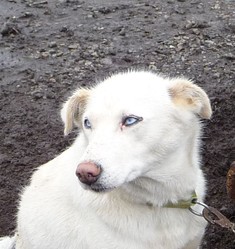

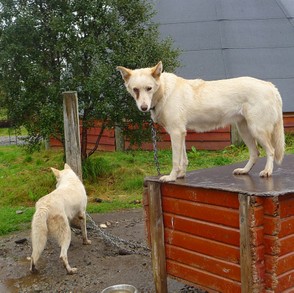
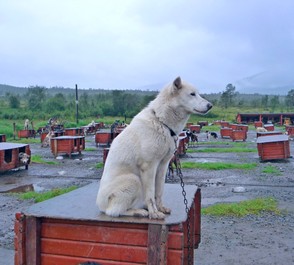
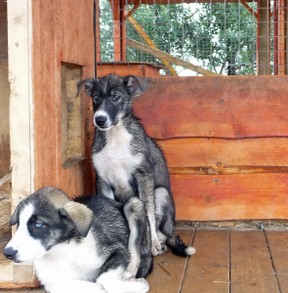
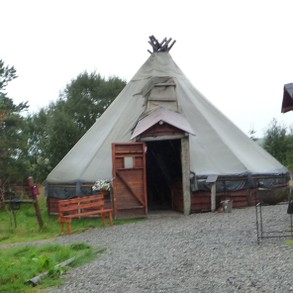
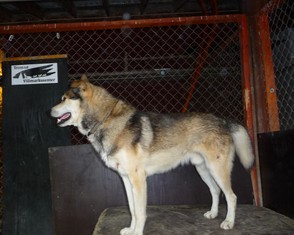
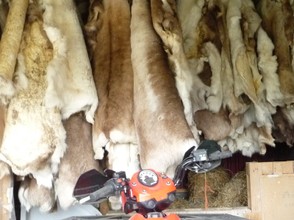
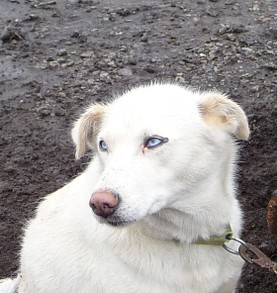

 The Alternative Picture Galleryon 04/20/2016
The Alternative Picture Galleryon 04/20/2016
 ROME - Where the Past Comes to Lifeon 03/26/2016
ROME - Where the Past Comes to Lifeon 03/26/2016
 Only in London - New Unique Guideon 01/25/2016
Only in London - New Unique Guideon 01/25/2016
 Manna, from Sicily, not from Heavenon 01/08/2016
Manna, from Sicily, not from Heavenon 01/08/2016
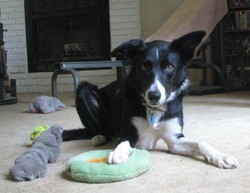
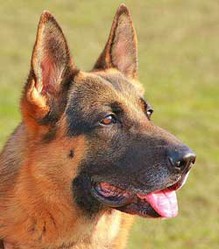
Comments
What an exciting adventure for you! I love contrast of the black and white puppy among all the brown puppies, it almost looks like he's there by mistake!
What a wonderful place this must be to visit! I remember traveling around Scandinavia one summer, made it up to the Arctic Circle where the sun didn't set and saw some reindeer in Lapland, but no huskies! Funnily enough my sister has huskies, but the Siberian huskies. They are amazing dogs!
No, they race them themselves, they train people in dog sledding, they take people out with the dogs, you can spend time with the reindeer Sami herders, spend time at the camp or in a nearby hotel and do the active part during the day.
I made a big mistake somewhere along the line and I can only presume that I didn't save the middle part of the article properly as it is not there. As I wrote it directly into the module I shall have to go back, try to remember what I said, and start all over again!
So how do those people make money? They lend their dogs for races?
A surprise subject but full of interest and as usual, excellent photos.